
When comparing the Aiper Seagull 1000 and Aiper Seagull 600, both units present a challenging case. The Seagull 1000, although initially promising with its cordless design, simply could not meet our performance expectations. Its lack of an active brush, ineffective filters, and limited pool coverage revealed significant drawbacks in our tests.
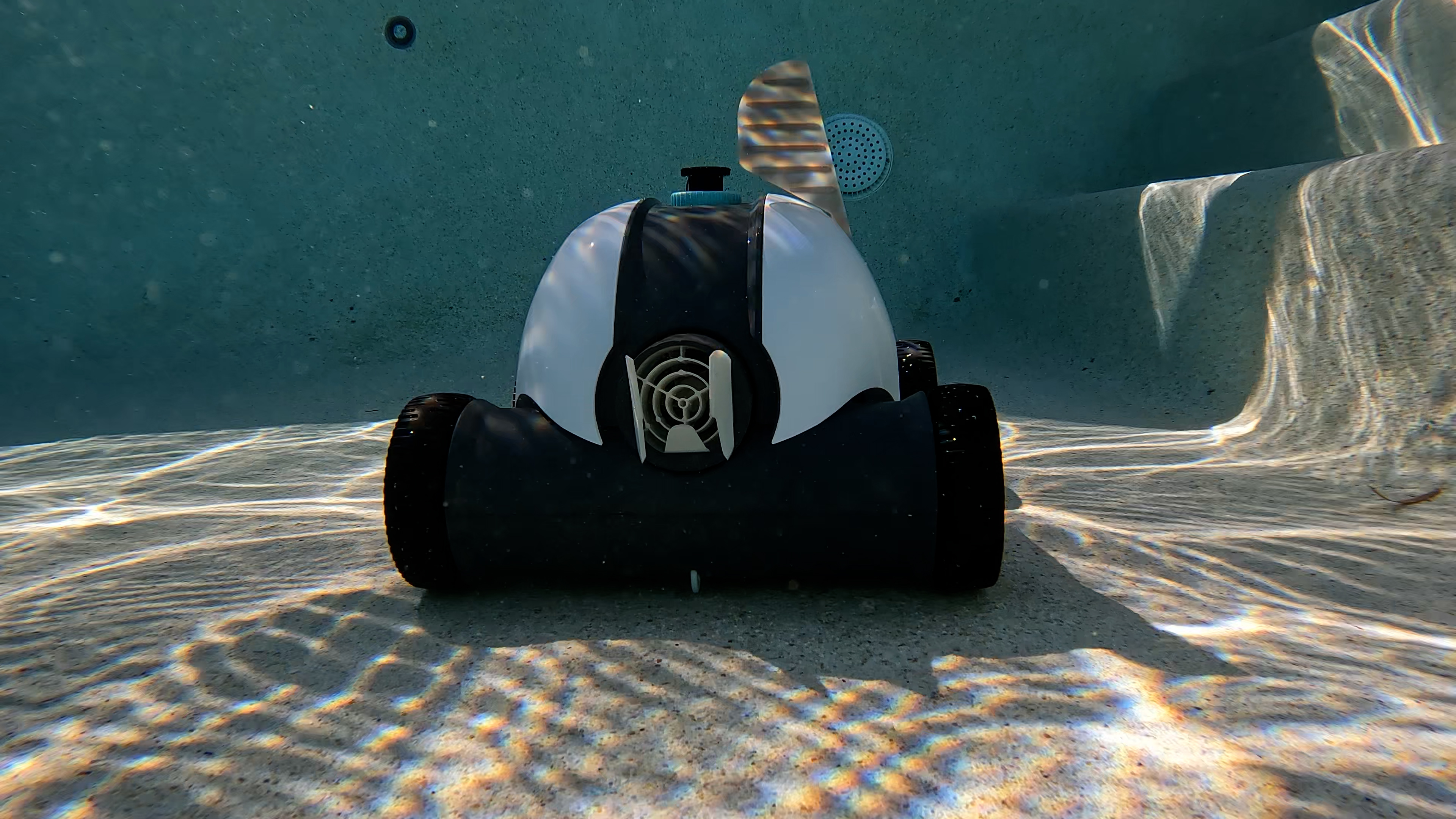
Testing the Aiper Seagull 1000 was a lesson in patience. Despite a hopeful beginning, the cleaner’s battery life and overall performance didn't justify its cost. It consistently missed debris and lacked the functionality we expect from a reliable pool cleaning device. Our review highlights these and other shortcomings to aid potential buyers in making an informed decision.
On the other hand, the Aiper Seagull 600 fared no better. While it is an affordable option, its performance left much to be desired. Designed to cover just the floors, it couldn’t tackle inclines or pool walls, and it had no navigation system, causing it to clean erratically and inefficiently. Just like the Seagull 1000, the Seagull 600 suffers from weak motors and insufficient filtration capability.
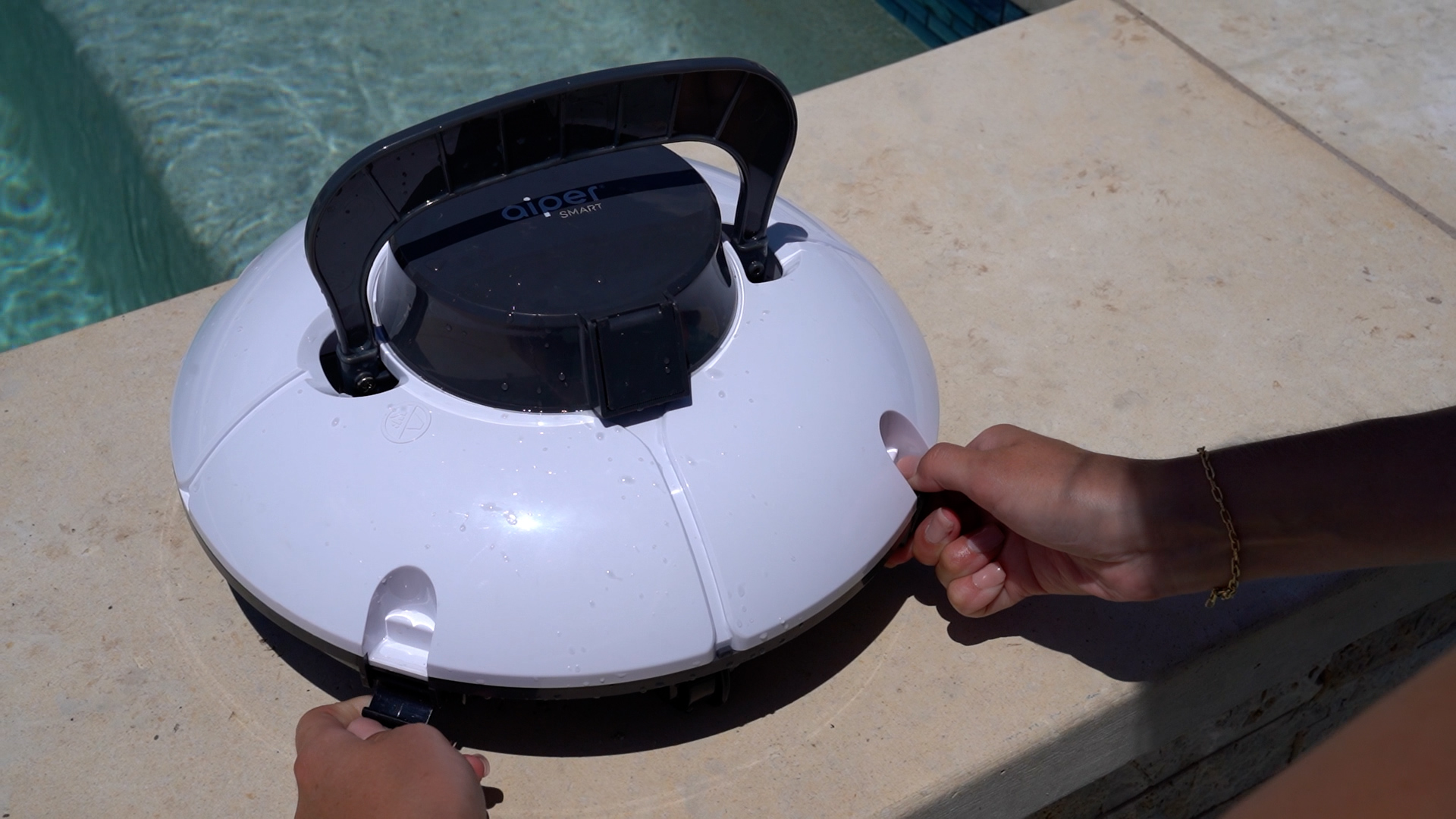
In our tests, the Aiper Seagull 600 demonstrated its limitations right away. The lack of an active scrubbing brush and the flat filter hampered its ability to effectively clean the pool. This, combined with daily charging needs, made it clear that the Seagull 600 fell short of our expectations. While some components seemed promising initially, the overall performance led us to explore better alternatives.
Both units were examined under our rigorous testing protocols to provide a thorough evaluation. We aspect each cleaner meticulously, considering factors like cleaning efficiency, battery life, navigation, and ease of use. Despite their budget-friendly nature, neither met the benchmark set by more proficient models like the Dolphin series. These insights aim to guide consumers toward more effective pool cleaning solutions.
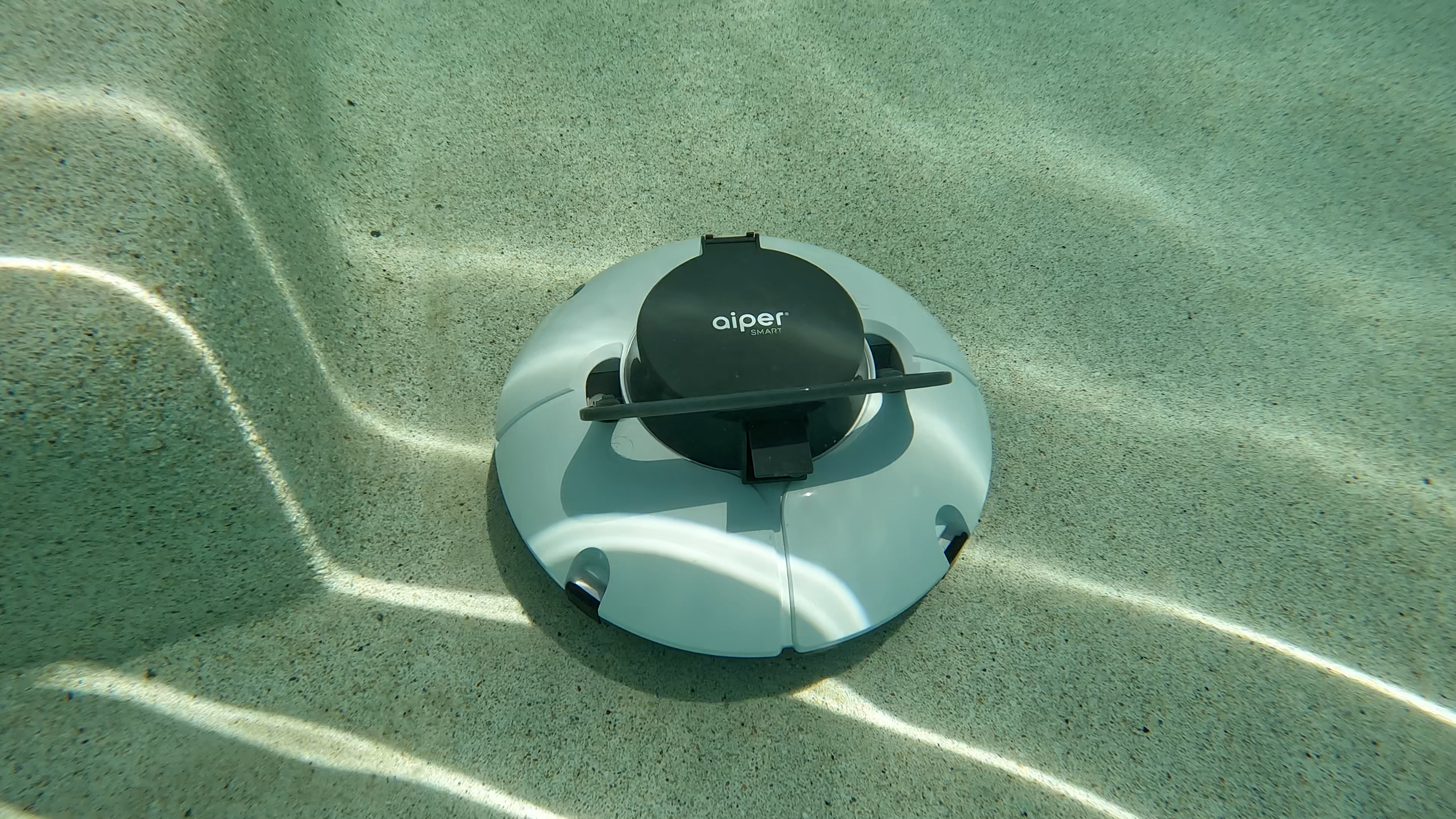
As our comprehensive reviews indicate, both the Seagull 1000 and Seagull 600 lack the necessary power and features to be considered truly efficient robotic pool cleaners. For a more detailed look at their performance and how they compare with other robots, check out our dedicated Aiper Seagull 1000 and Aiper Seagull 600 articles.
At Pool Pad, we dedicate three months to rigorously testing each robotic pool cleaner. Our testing focuses on various factors, including cleaning efficiency, battery life, navigation, and ease of use. We aim to provide potential buyers with comprehensive insights. Through this detailed process, we offer valuable guidance in choosing the best product for their needs.
For the Aiper Seagull 1000, the testing period revealed significant flaws. Starting with its pool coverage, we noted that this robot could only manage floor cleaning. It lacked navigation software, had plastic wheels instead of tracks, and featured a static brush that left much debris behind. This was disappointing, considering the unit's inability to clean the walls or waterline.
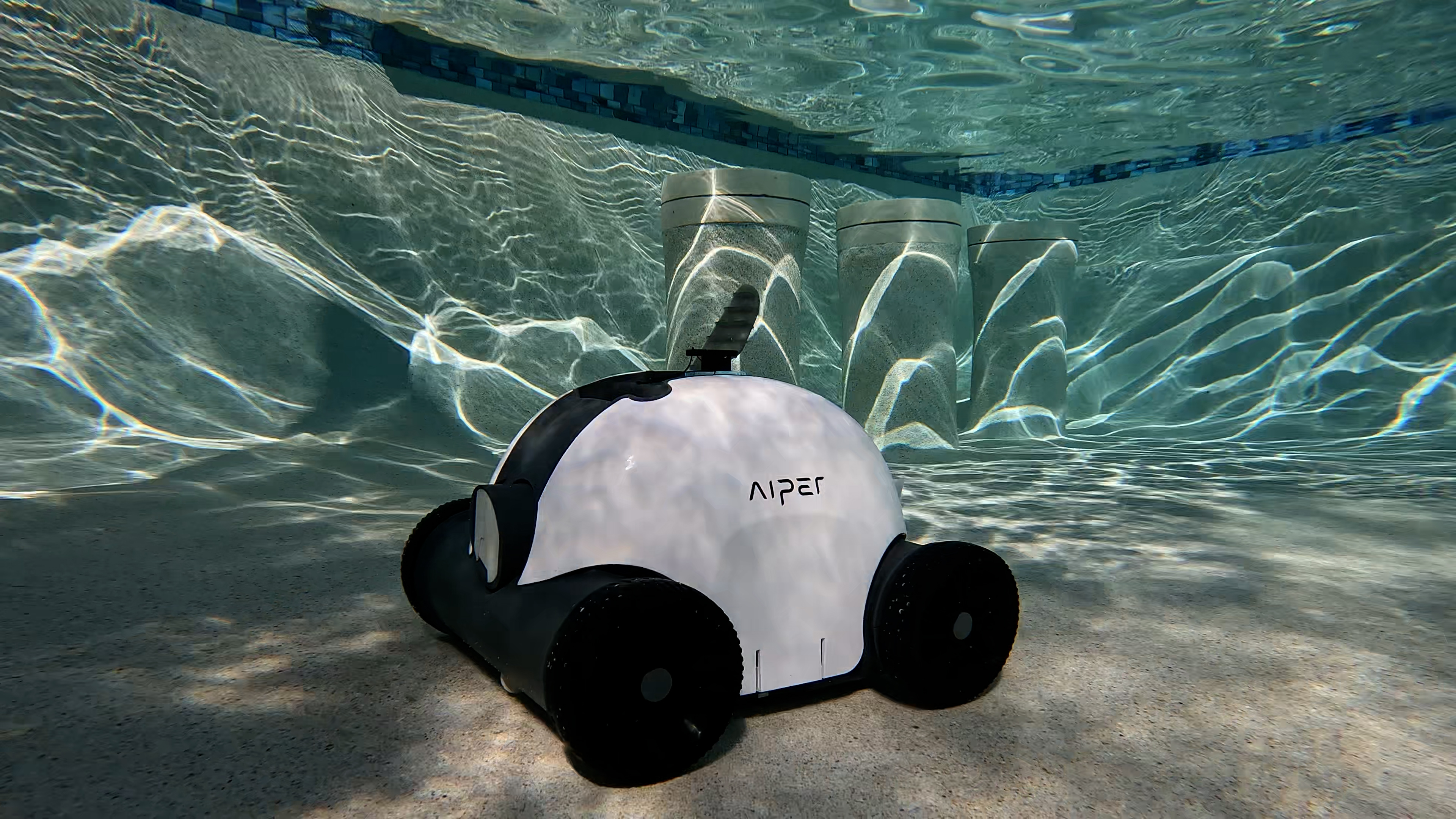
In terms of cleaning ability, the Seagull 1000 failed to impress further. It bounced off walls, got stuck on drains, and sped over debris rather than cleaning effectively. Its performance was markedly inferior compared to the more robust options like the Dolphin Escape, which not only actively scrubs debris but also climbs walls with ease.
The filtration ability of the Aiper Seagull 1000 also left much to be desired. Equipped with a flat, fine filter, it was ineffective at filtering out smaller particles. This single-pane mesh filter couldn't match the comprehensive capacity of the four-sided filters found in Dolphin models. The Aiper's filter system required frequent disassembly, complicating maintenance.
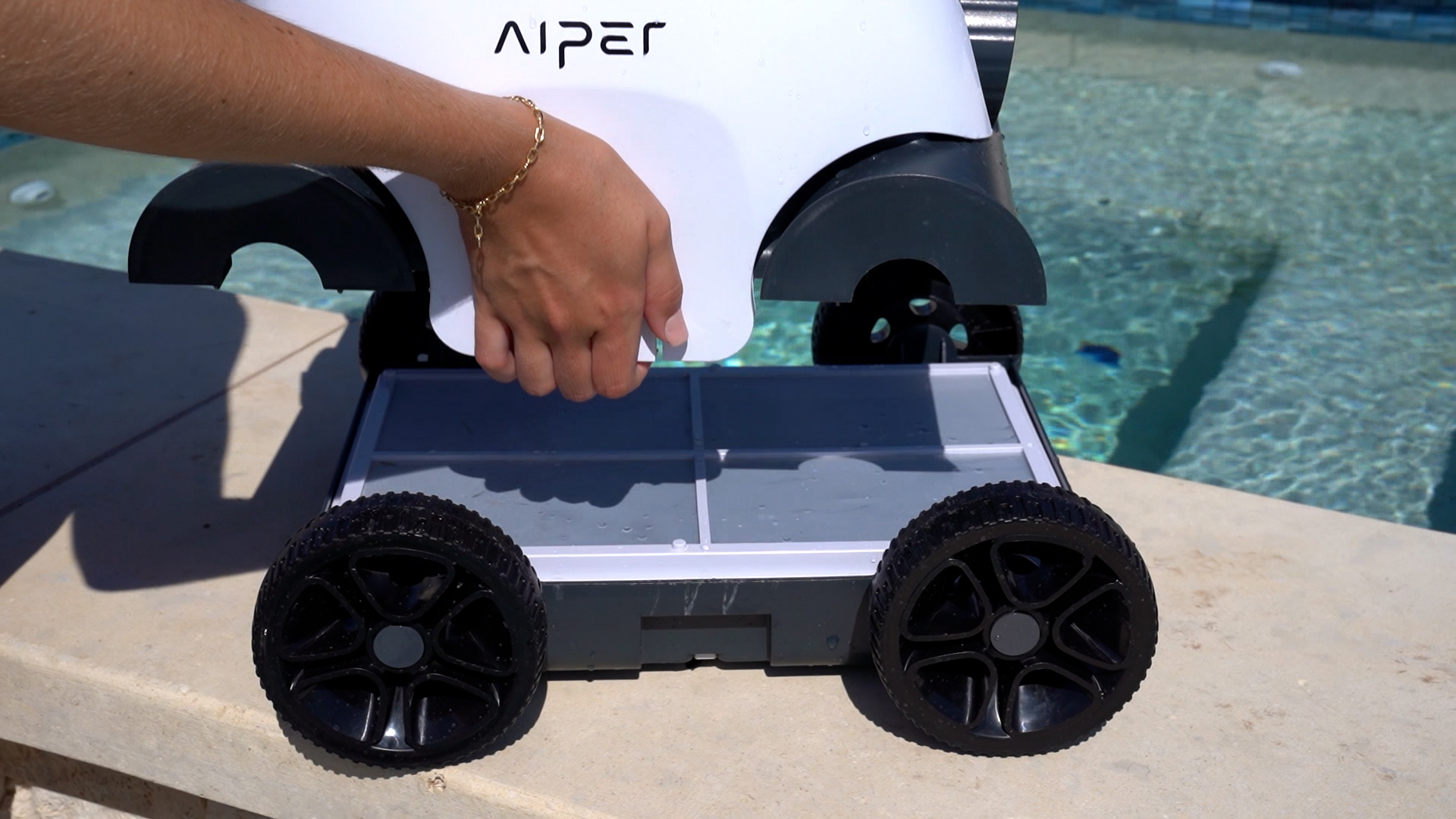
Regarding features and warranty, the Aiper Seagull 1000’s cordless design proved more of a hindrance than a benefit. The motors struggled without a cord, and the batteries offered limited power and short operational time. With a one-year warranty, it fell short of the industry standard set by models like the Dolphin Escape and Dolphin Cayman, which offer more extended coverage and reliability.
Turning to the Aiper Seagull 600, our testing revealed similar shortcomings. Although this model is affordable, its performance issues were prominent. The Seagull 600 only covered pool floors and couldn't manage inclines or walls. Additionally, its lack of a navigation system led to inefficient cleaning patterns.
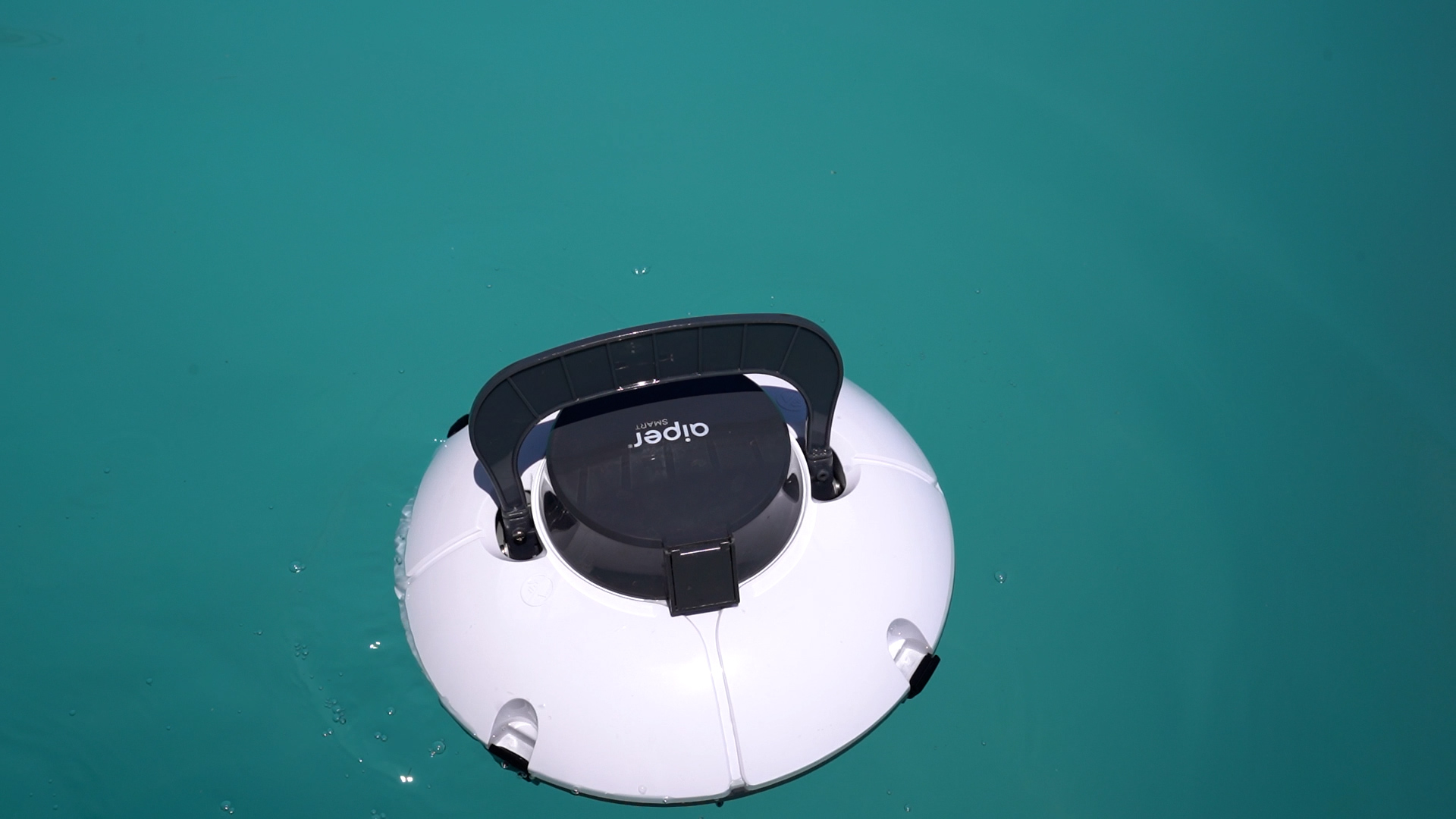
The lack of an active scrubbing brush and the usage of a flat filter in the Seagull 600 further hampered its cleaning capability. Daily recharging was another downside noted during our tests, making it less convenient than other options. This robot’s inability to effectively navigate and clean, along with persistent battery issues, underscored its limitations.
These observations were consistent over the extensive three-month testing period, affirming our initial impressions. The Dolphin Escape and Dolphin Cayman emerged as superior alternatives, showcasing their ability to efficiently clean pools, including walls and waterlines. Their robust design and reliable performance set them apart from entry-level models like the Seagull series.
Comparing the pool coverage capabilities of the Aiper Seagull 1000 and Aiper Seagull 600 reveals significant limitations in both models. The Aiper Seagull 1000 is restricted to cleaning only the pool floors, lacking the ability to handle walls or waterlines. It is hindered by the absence of navigation software and uses plastic wheels instead of tracks, making it less effective at adhering to pool surfaces.
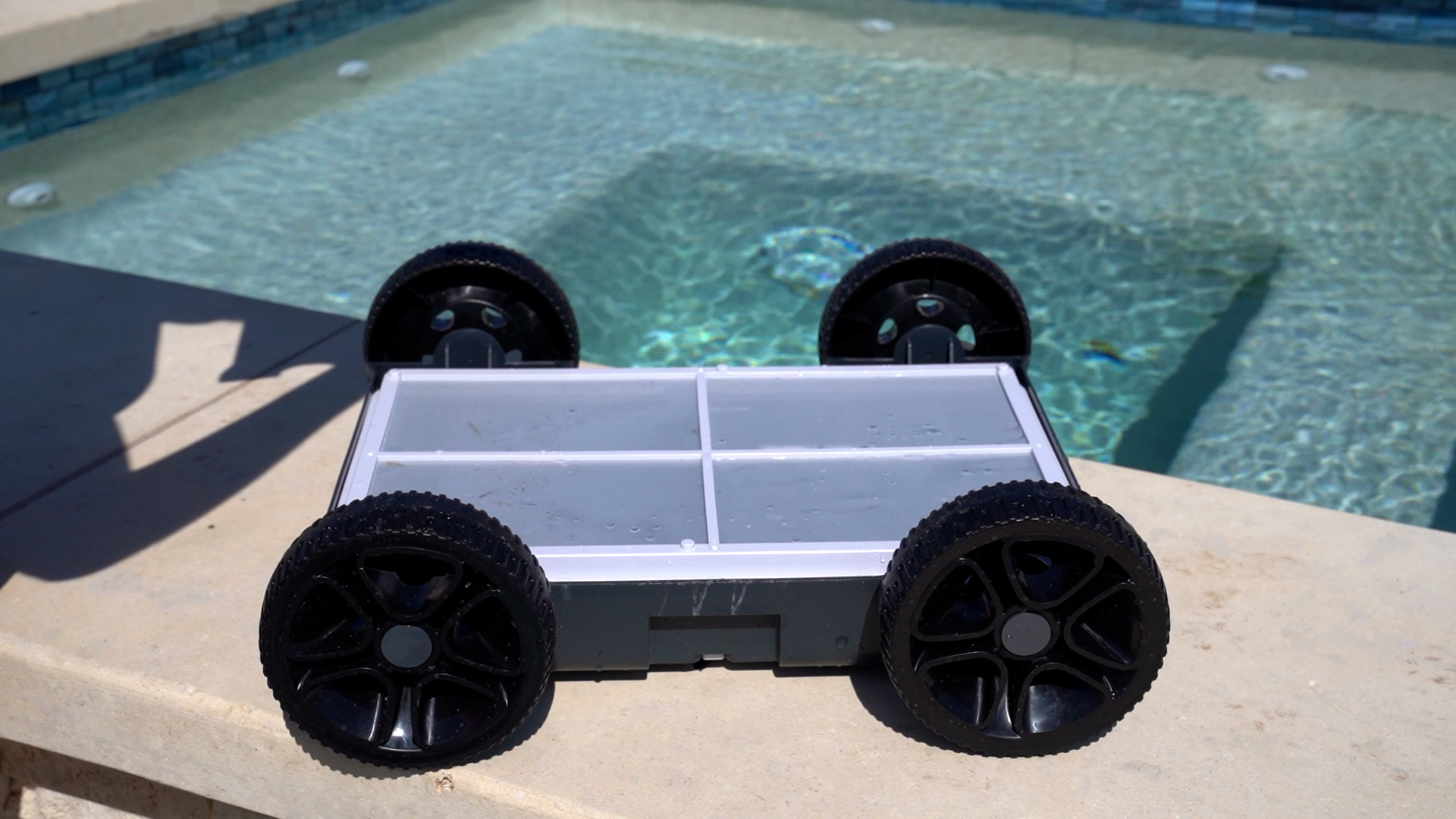
In direct comparison, the Aiper Seagull 600 also covers only the pool floors and is similarly hampered by its reliance on plastic wheels and weak motors. It too lacks a navigation system, resulting in erratic and inefficient cleaning patterns. This robot cannot tackle inclines or walls, compounding its limitations.
Both units maintain a coverage score of 4 out of 10, reflecting their shared deficiencies. Their inability to clean walls or waterlines is a considerable drawback for pool owners seeking comprehensive cleaning solutions.

Another critical comparison is their cleaning effectiveness. The Aiper Seagull 1000 struggles significantly with its limited cleaning power, failing to pick up debris effectively. Similar issues plague the Aiper Seagull 600, where quick pace and weak motors often cause it to miss or inadequately clean debris.
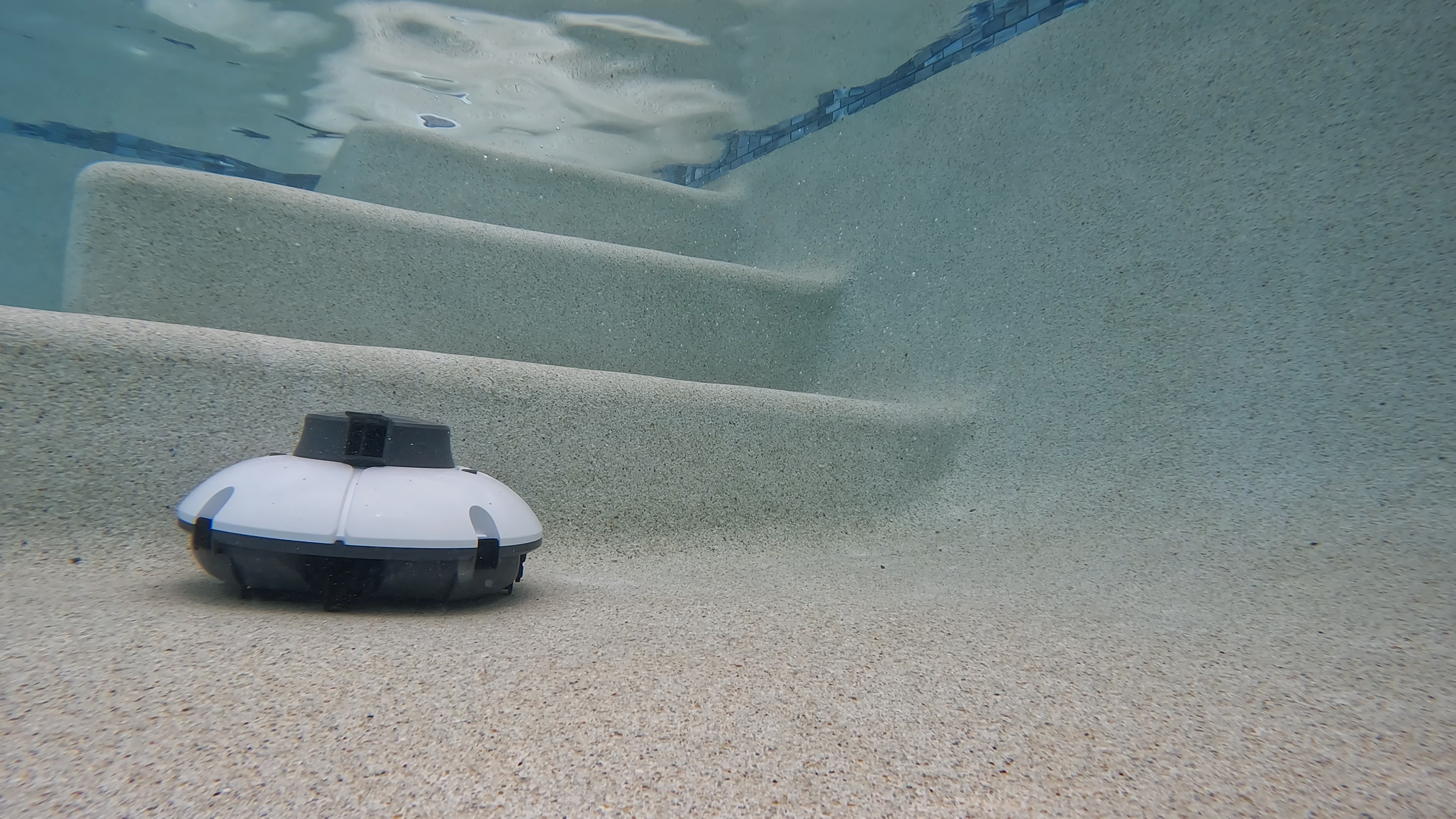
The flat filter design on both models severely limits filtration capability. Unlike the more advanced Dolphin Escape filters, the Aiper models leave much to be desired in their ability to capture smaller particles. This inadequacy is evident when comparing their overall pool cleanliness with that achieved by premium models.
To solve these problems, consumers should look toward more proficient options like the Dolphin Cayman. These models excel in pool coverage and cleaning capabilities, ensuring a far more satisfactory cleaning experience.
When comparing the filter systems of the Aiper Seagull 1000 and the Aiper Seagull 600, it becomes evident that both models fall short in providing optimal filtration. The Aiper Seagull 1000 is equipped with a simple, flat, fine mesh filter. This single-pane filter design is quite limiting as it struggles to capture smaller particles, allowing debris to wash back out into the pool. This inefficiency is compounded by the filter only having one side of filtration, unlike more advanced models that feature multi-panel filters.
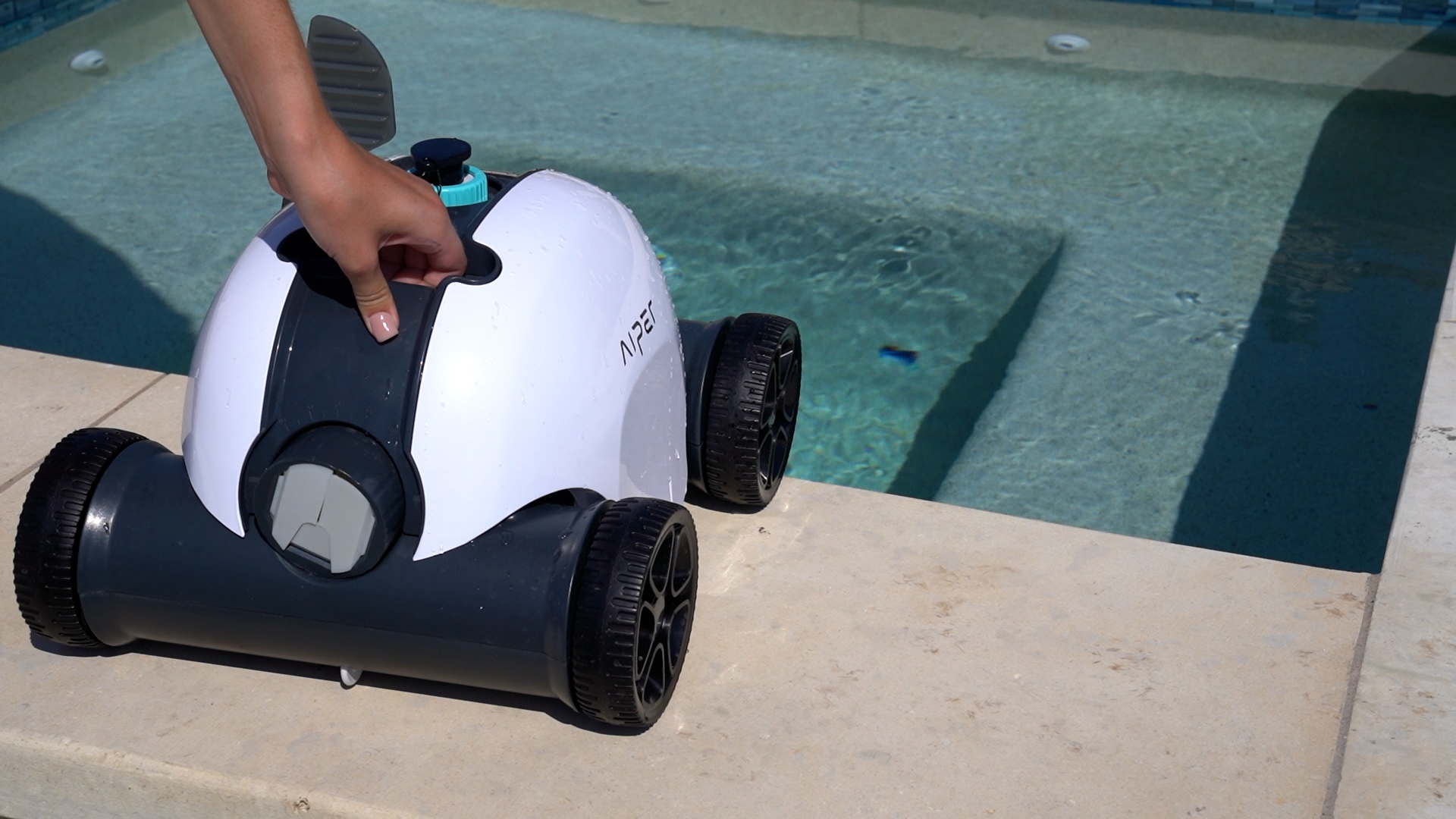
The Aiper Seagull 600, on the other hand, features a similar flat filter, which poses the same limitations. Like the Seagull 1000, the Seagull 600’s flat filter struggles with efficiency, failing to adequately filter the pool water. It is particularly bothersome as it collects debris at the bottom of the unit, making cleaning a tedious task. This shortfall highlights a definite lack in design improvement between the two models.
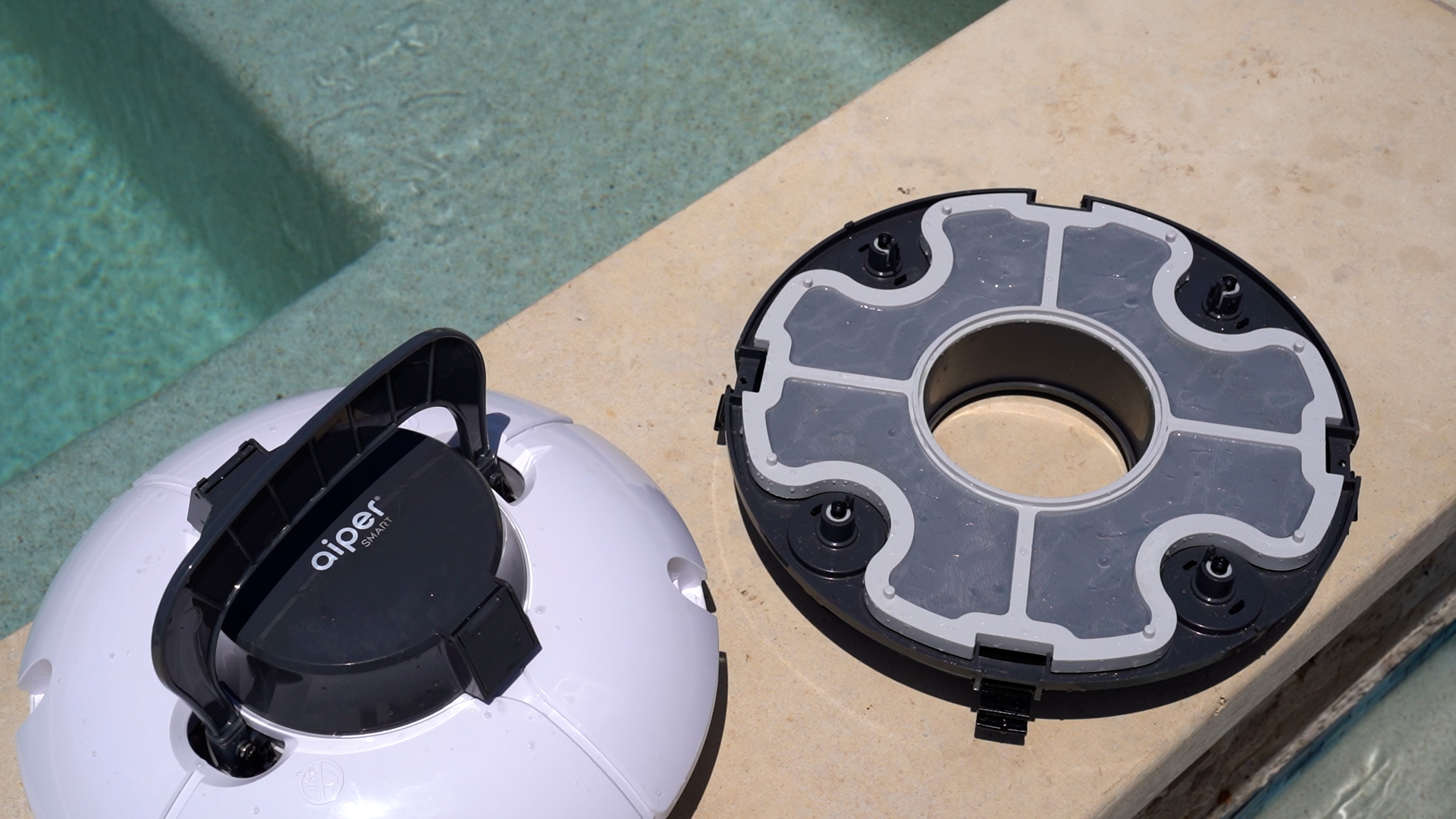
The Dolphin Escape shines in comparison, boasting a filter basket that significantly outperforms both Aiper models. The Dolphin's filter is not only larger but also incorporates multiple sides of filtration, which enhances its ability to capture and retain debris. This model also benefits from filter systems like NanoFilters, which are designed to capture the smallest particles, ensuring crystal clear water.
In terms of the overall filter score, both the Aiper Seagull 1000 and Seagull 600 scored 2 out of 5. This rating reflects their shared inadequacy in maintaining pool cleanliness effectively. Maintenance is cumbersome, and their inability to capture fine debris consistently leaves the pool less clean than models with superior filtration capabilities.
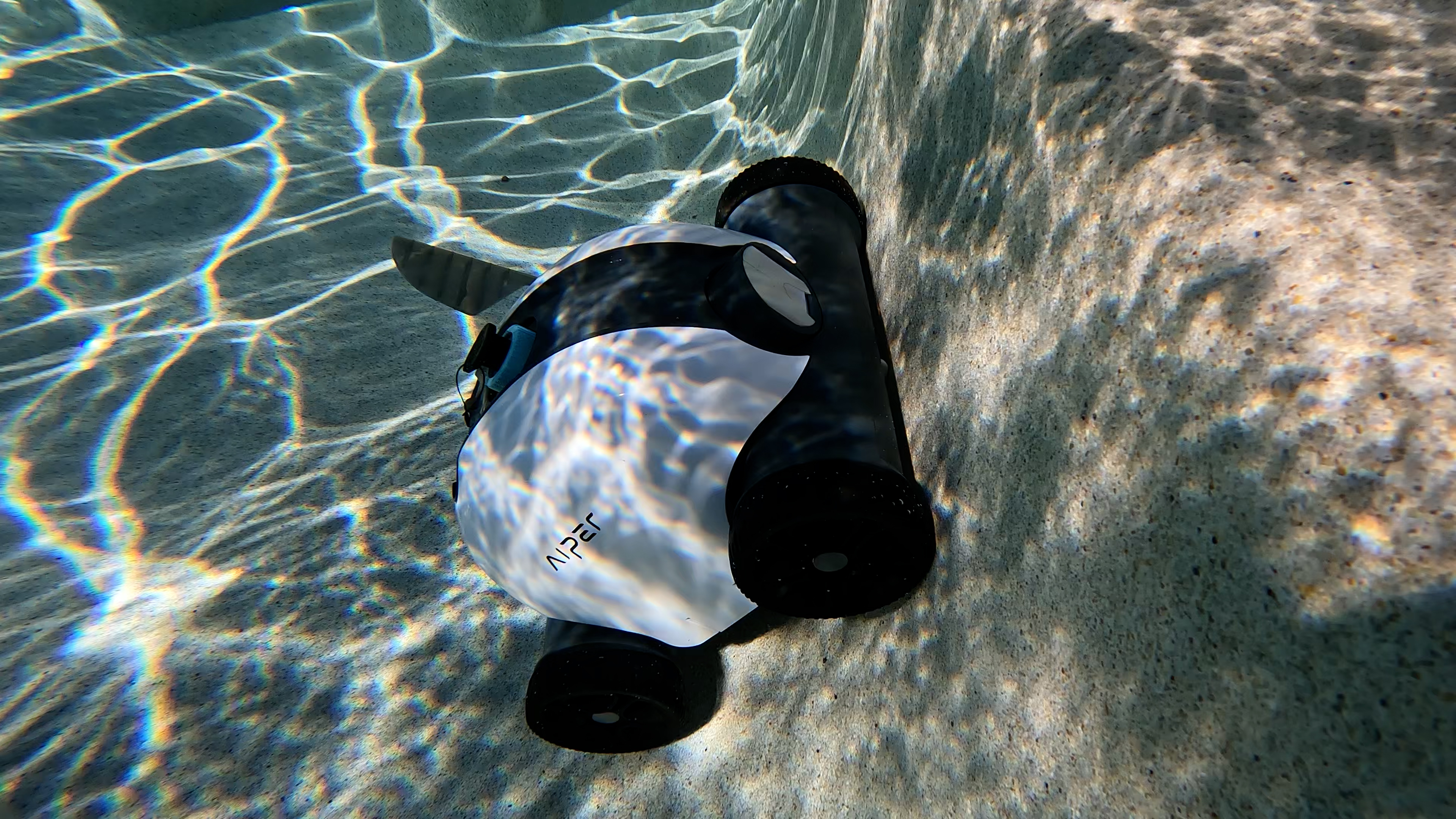
Of the two, there's no clear winner in terms of filtration ability since both performed equally poorly. Ultimately, neither the Aiper Seagull 600 nor the Aiper Seagull 1000 provided satisfactory filtration results. If we're trying to choose between these two models purely based on their filtering systems, the choice becomes moot as both are inadequate.
For pool owners seeking a more efficient cleaner, models like the Dolphin Escape or Dolphin Cayman present far superior alternatives. These models include robust filtration systems that ensure a cleaner, clearer pool. Their engineering focuses on effective debris capture and convenient maintenance, setting them apart from more basic, budget-friendly options.
Examining the feature sets of the Aiper Seagull 1000 and Aiper Seagull 600 reveals critical insights into their usability and unique functionalities. The Aiper Seagull 1000, touted for its cordless design, was initially promising but fell short of expectations. Its motors struggled to perform without a cord, with the battery life offering limited power and short operational times.
The feature score for the Aiper Seagull 1000 is a disappointing 2/5. One of its major selling points, the cordless feature, turned out to be more of a hindrance than a benefit. Additionally, the one-year warranty was inadequate, failing to meet the industry standard set by more reliable models like the Dolphin Escape, which offers a more extended coverage period.
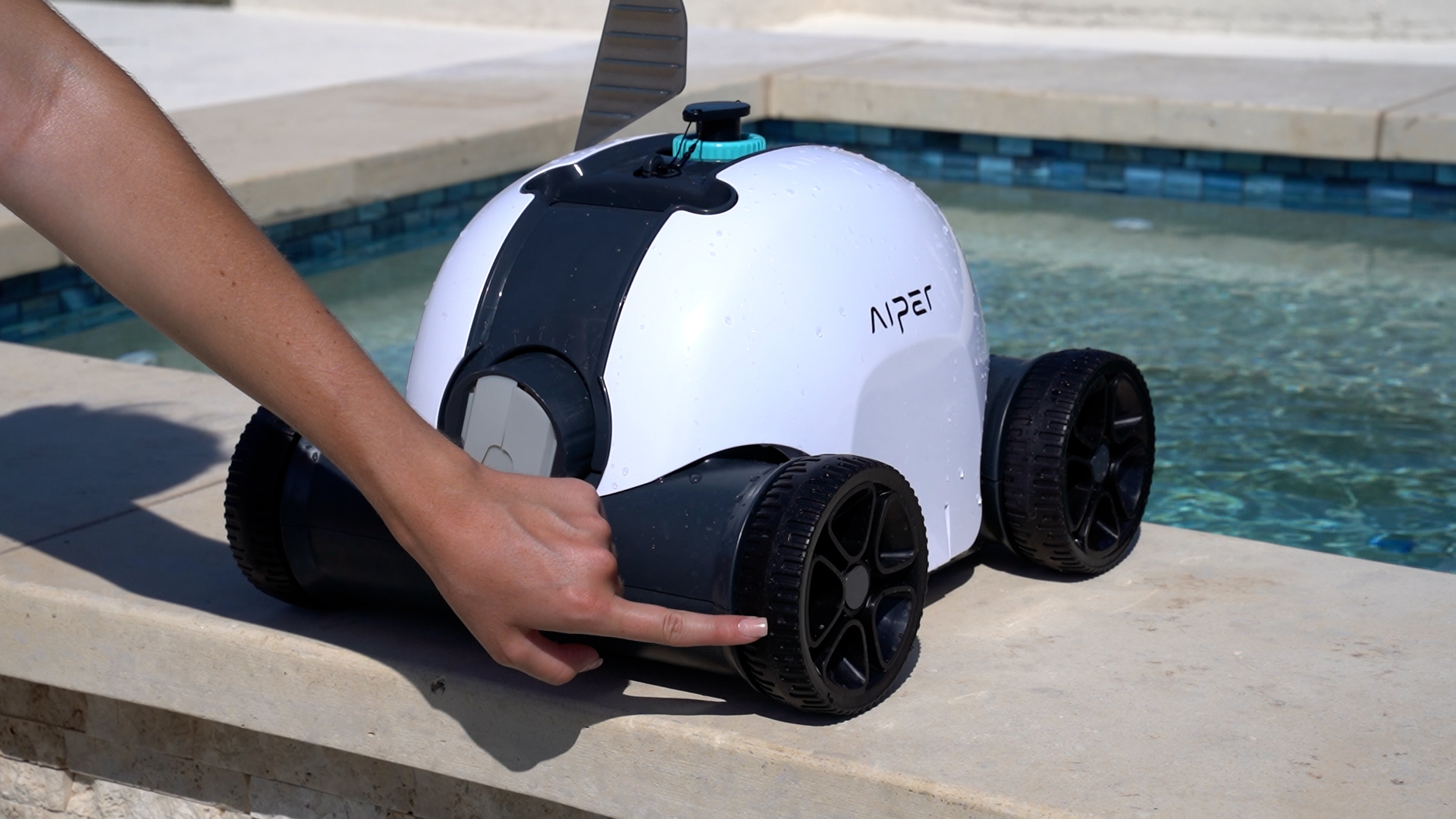
Turning to the Aiper Seagull 600, we find that while this model is affordable, it shares many of the same issues as the Seagull 1000. It also has a feature score of 2/5. The biggest problem lies in its cordless design, which necessitates long charging times for only a short period of cleaning. This makes the Seagull 600 less practical for pool owners looking for a convenient and efficient cleaning solution.
The Seagull 600's warranty is only one year, similar to the Seagull 1000, and user reviews suggested battery issues just after this period. This implies that the cost savings are an illusion, as users may end up spending more on repairs or replacements.
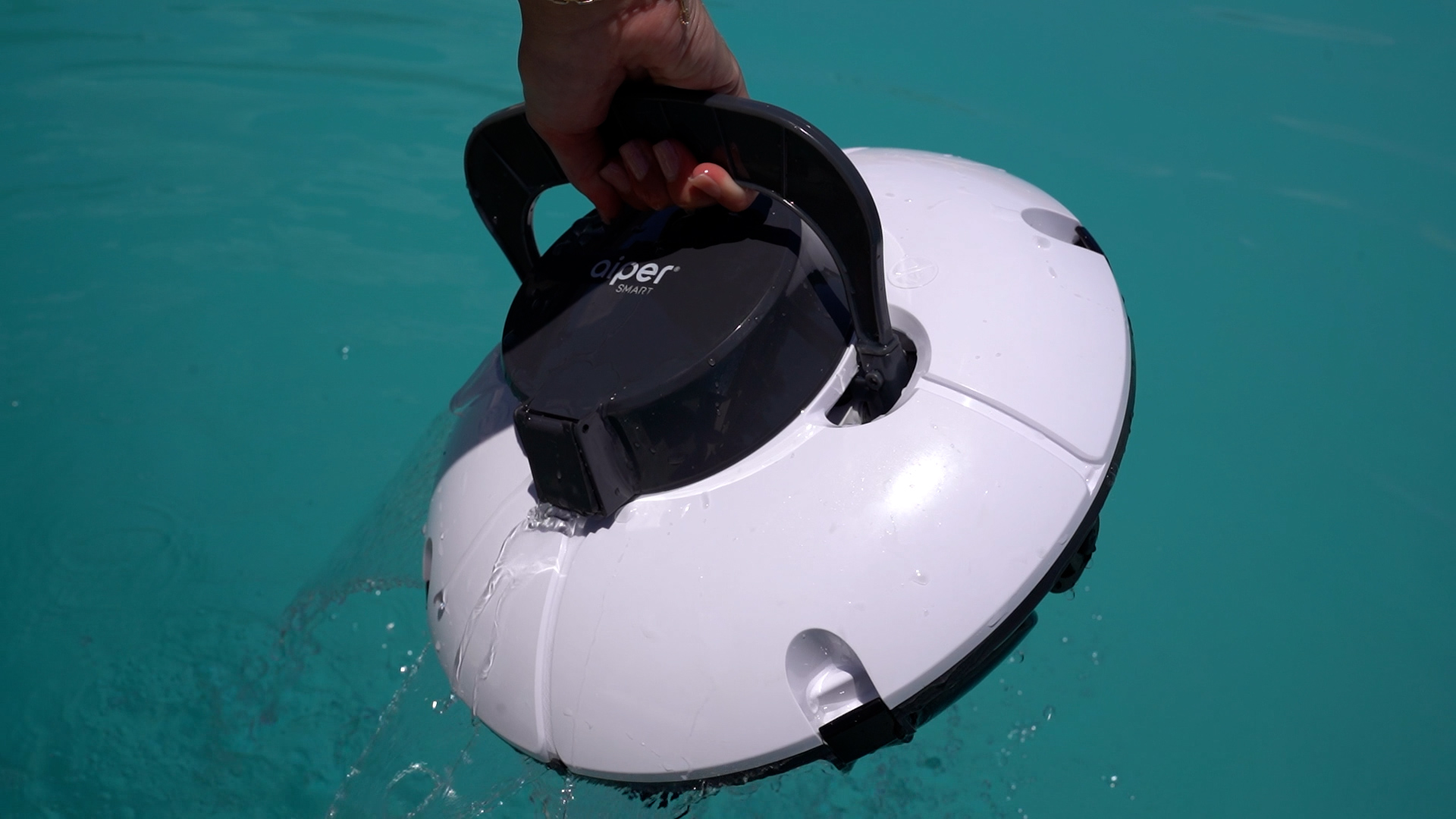
Both models lacked significant features that enhance usability. The absence of an active brush in both models means they cannot effectively scrub away debris and algae. This, combined with the need for daily charging, severely limits their practicality. Neither the Seagull 1000 nor the Seagull 600 offer navigation software, resulting in inefficient and erratic cleaning paths.
For consumers looking for robust feature sets, products like the Dolphin Cayman or Dolphin Escape present far superior alternatives. These models offer advanced navigation, longer operational times, and significantly more effective cleaning abilities.
To conclude, both the Aiper Seagull 1000 and Aiper Seagull 600 have shown considerable shortcomings in our detailed testing. The overall score for both units stands at a disappointing 4 out of 10, reflecting their shared weaknesses in performance, cleaning efficiency, and durability.
When compared head-to-head, neither stands out as a better option. The Seagull 1000 has been hampered by limited cleaning coverage and inadequate battery life, while the Seagull 600 mirrors these issues with additional deficiencies like weak motors and ineffective filtration. Both models fall short of providing a satisfactory pool cleaning solution.
For those seeking a truly efficient and reliable pool cleaner, we recommend looking into alternatives like the Dolphin Escape, Dolphin Cayman, and Dolphin Premier. These robots have proven their worth by offering robust performance, extended warranties, and advanced cleaning technologies that far outperform the shortcomings of the Aiper models.
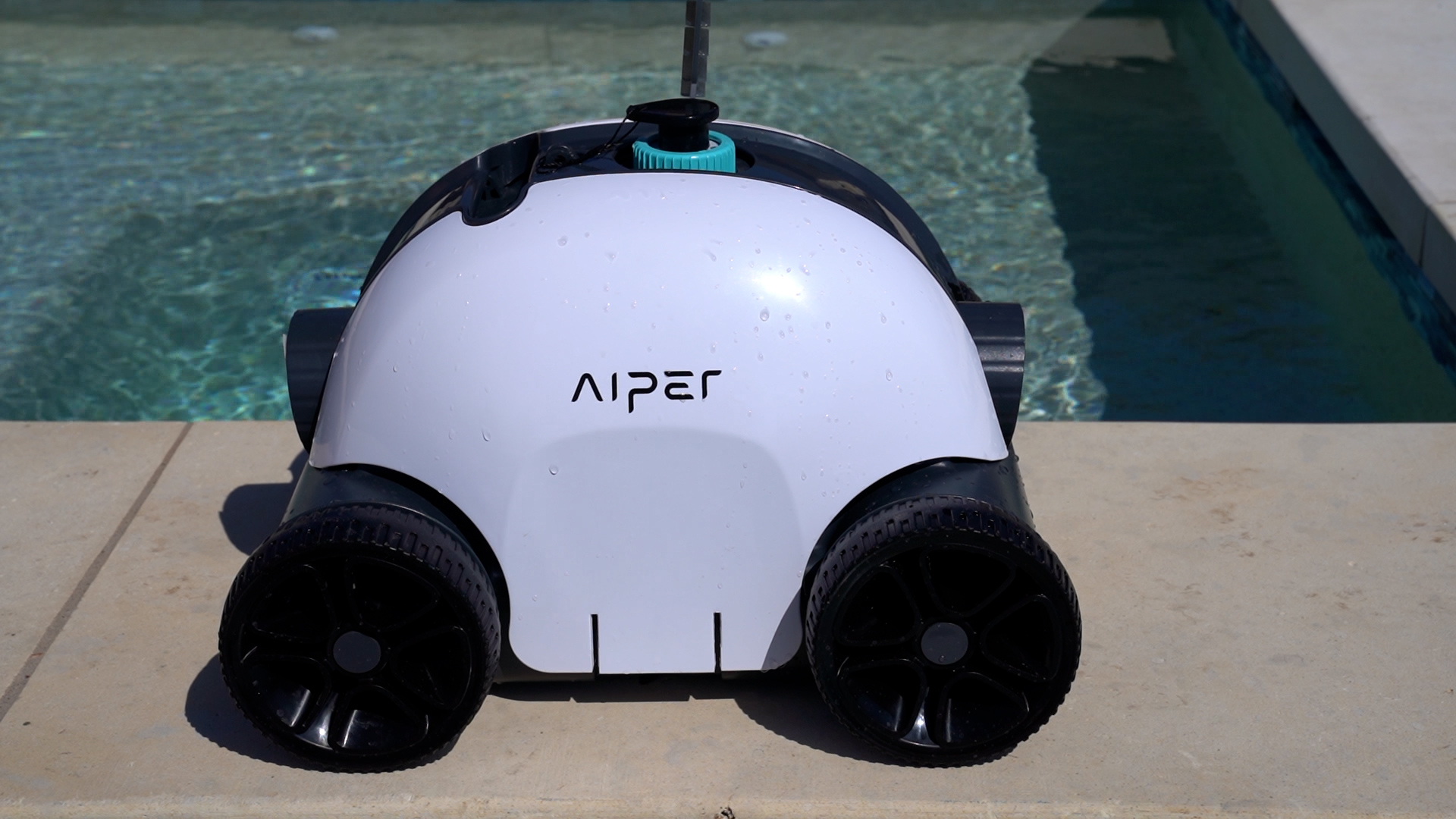
Moreover, the Dolphin models are equipped with features like active brushes, advanced navigation systems, and superior filtration options that ensure a cleaner and more efficient pool maintenance experience. By investing in these highly rated robotic cleaners, pool owners can save time, effort, and money in the long run.
The valuable insights drawn from our exhaustive testing emphasize the importance of choosing quality over affordability in pool cleaning. For a complete guide to the best options available, see our detailed reviews on the best robotic pool cleaners of the year.
For those seeking more reliable and effective alternatives, the Dolphin Escape stands out among other highly rated robotic pool cleaners. This model has proven itself in our comprehensive tests and offers a variety of features that address the shortcomings of the Aiper models.
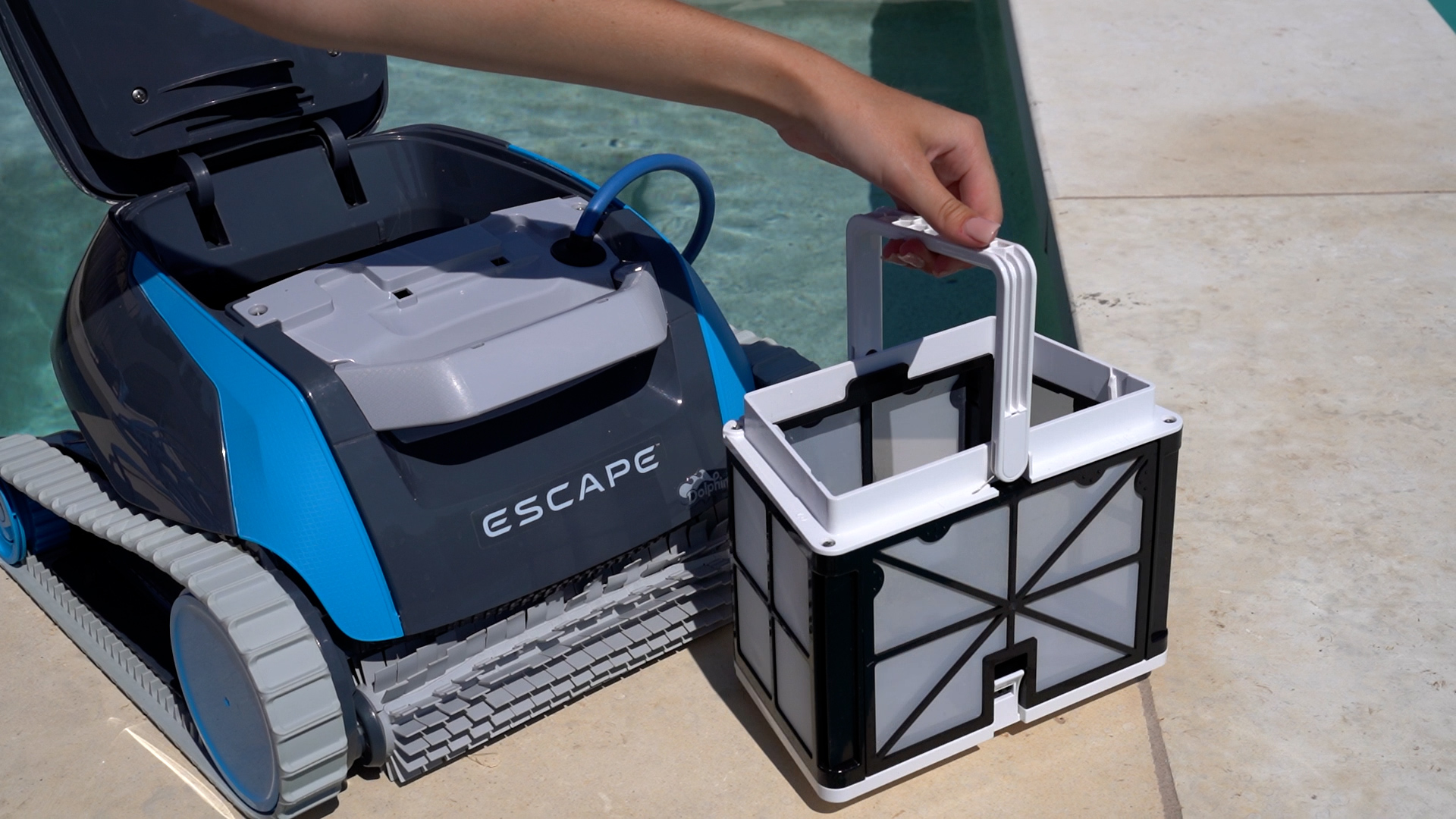
The Dolphin Escape excels in both performance and convenience. Unlike the Aiper Seagull 1000 and 600, which struggled with filtration and navigation, the Dolphin Escape utilizes SmartNav 2.0 mapping software and a powerful DC motor. These features provide meticulous cleaning and superior integration of modern technology. With its HyperBrush and capability to climb walls, this model offers a thorough and efficient clean, setting it apart from more basic options.
Another impressive alternative is the Aquabot REVA. This robotic cleaner includes many state-of-the-art features, making it a strong contender for those seeking high efficiency and capability. The REVA’s dual-layer filtration system, planetary gear drive, and smartphone app integration make it an excellent choice for anyone looking to maintain a pristine pool with minimal effort.
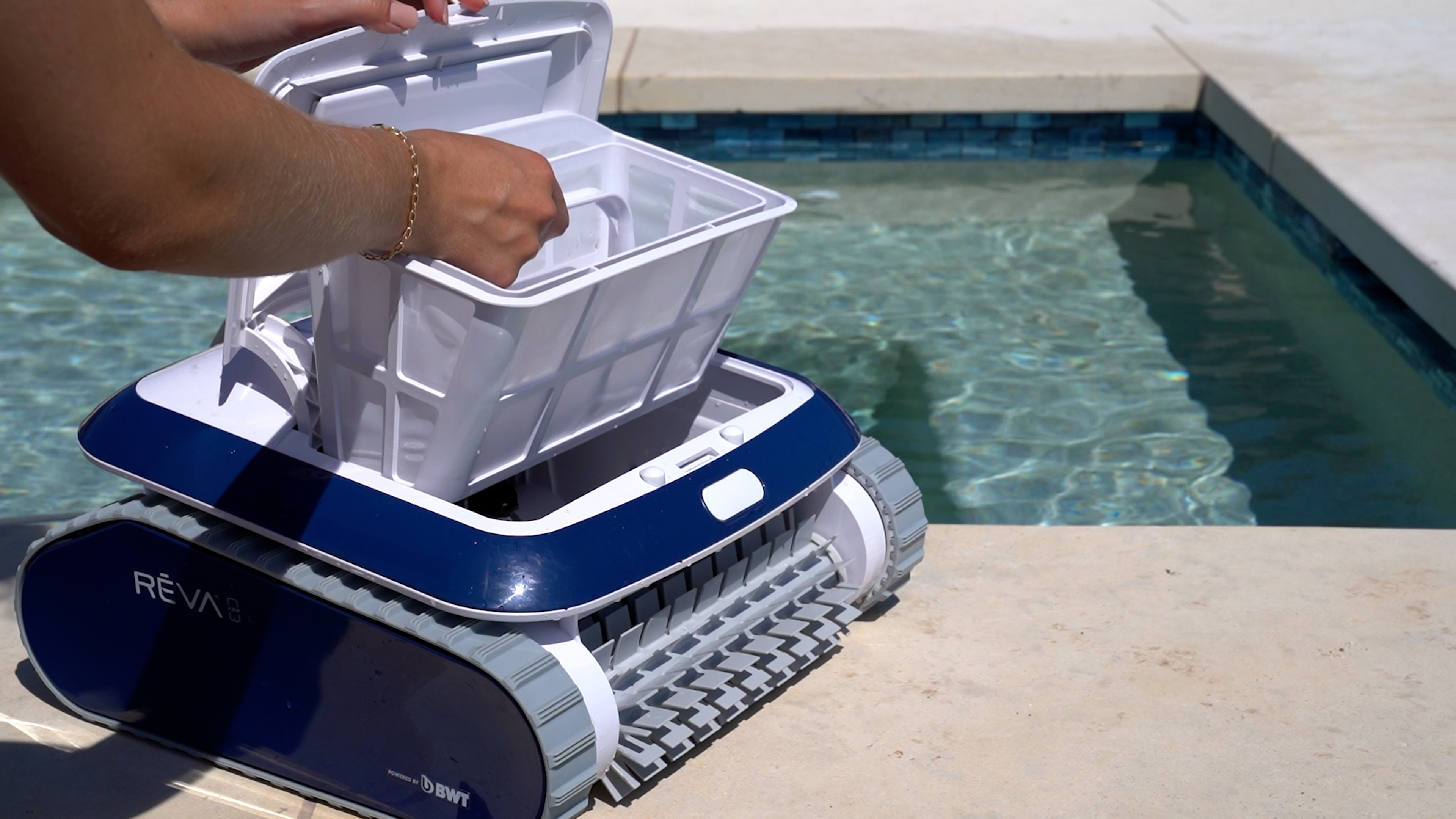
Where the Aiper Seagull models falter in ensuring a thorough clean, the Aquabot REVA excels. Its superior waterline cleaning, gyroscopic navigation, and direct drive system mean fewer missed spots and a cleaner pool overall. The REVA also offers an excellent 2-year warranty, providing peace of mind about its reliability and durability.
For pool owners with larger requirements, the Dolphin Quantum presents another outstanding option. This model is specifically designed to handle more extensive cleaning tasks with ease. It includes a dual scrubbing brush system and an extra-large filter basket ensuring effective coverage and superior debris capture.
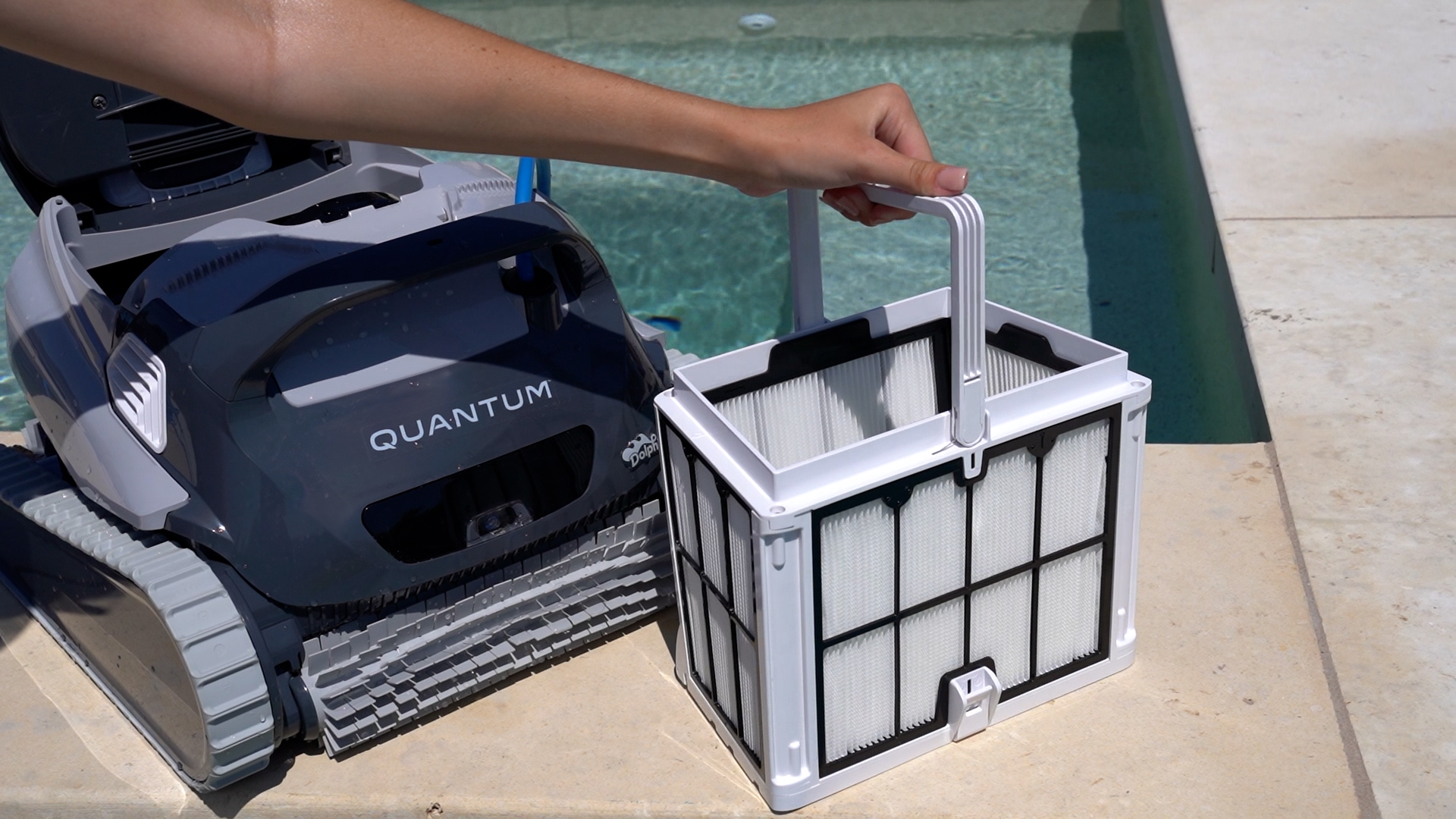
The Dolphin Quantum includes an advanced programming feature that allows for customizable cleaning schedules, making it an ideal solution for busy pool owners. Furthermore, it boasts PowerJet 3D mobility, which facilitates precise navigation and thorough cleaning across every inch of the pool surface, including the walls and waterline.
Choosing reliable and highly rated robotic pool cleaners like the Dolphin Escape, Aquabot REVA, or Dolphin Quantum ensures comprehensive pool maintenance. These models have proven their superiority in our rigorous testing, showcasing advanced features that make them superior options over the more basic Aiper models.